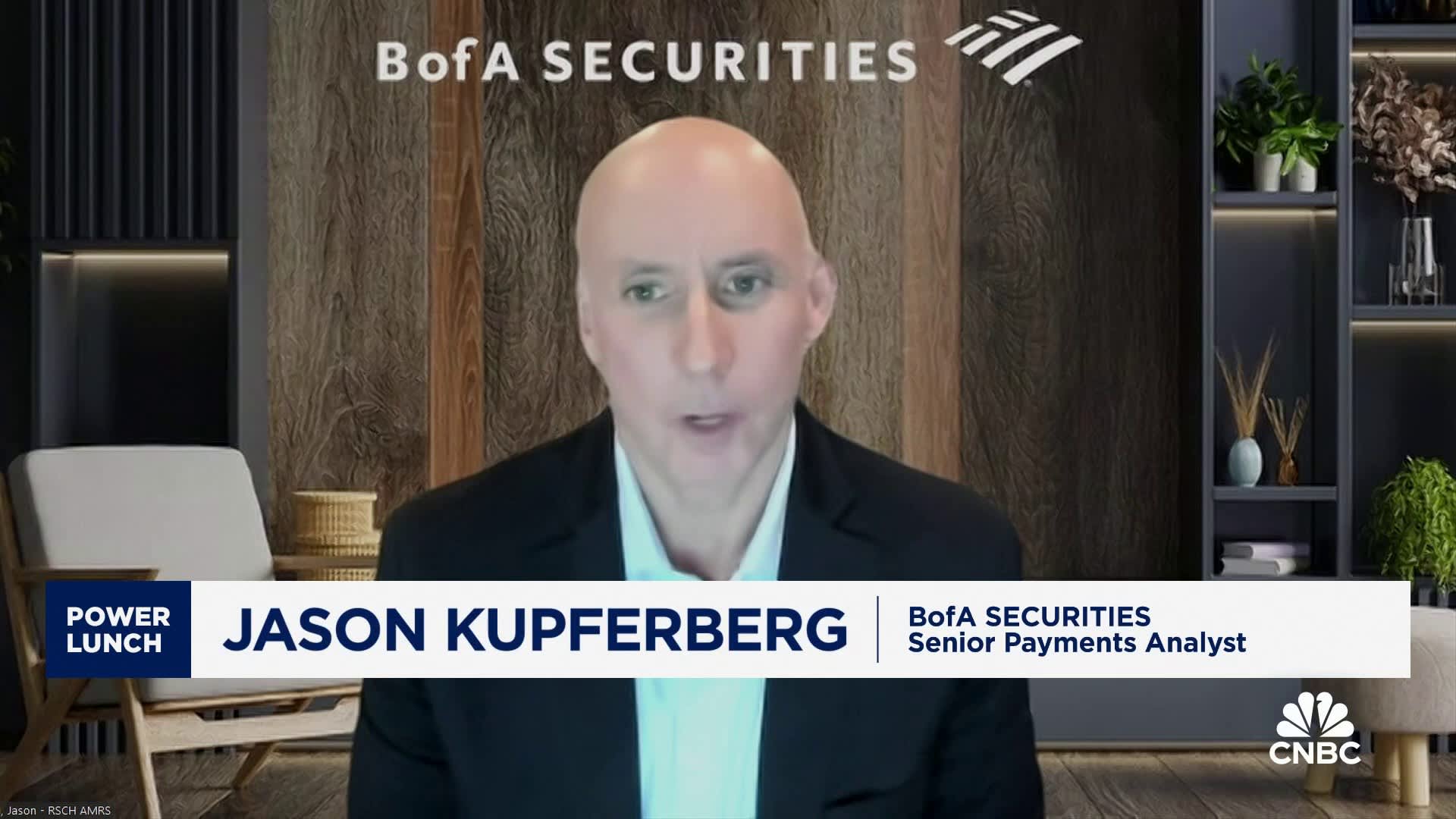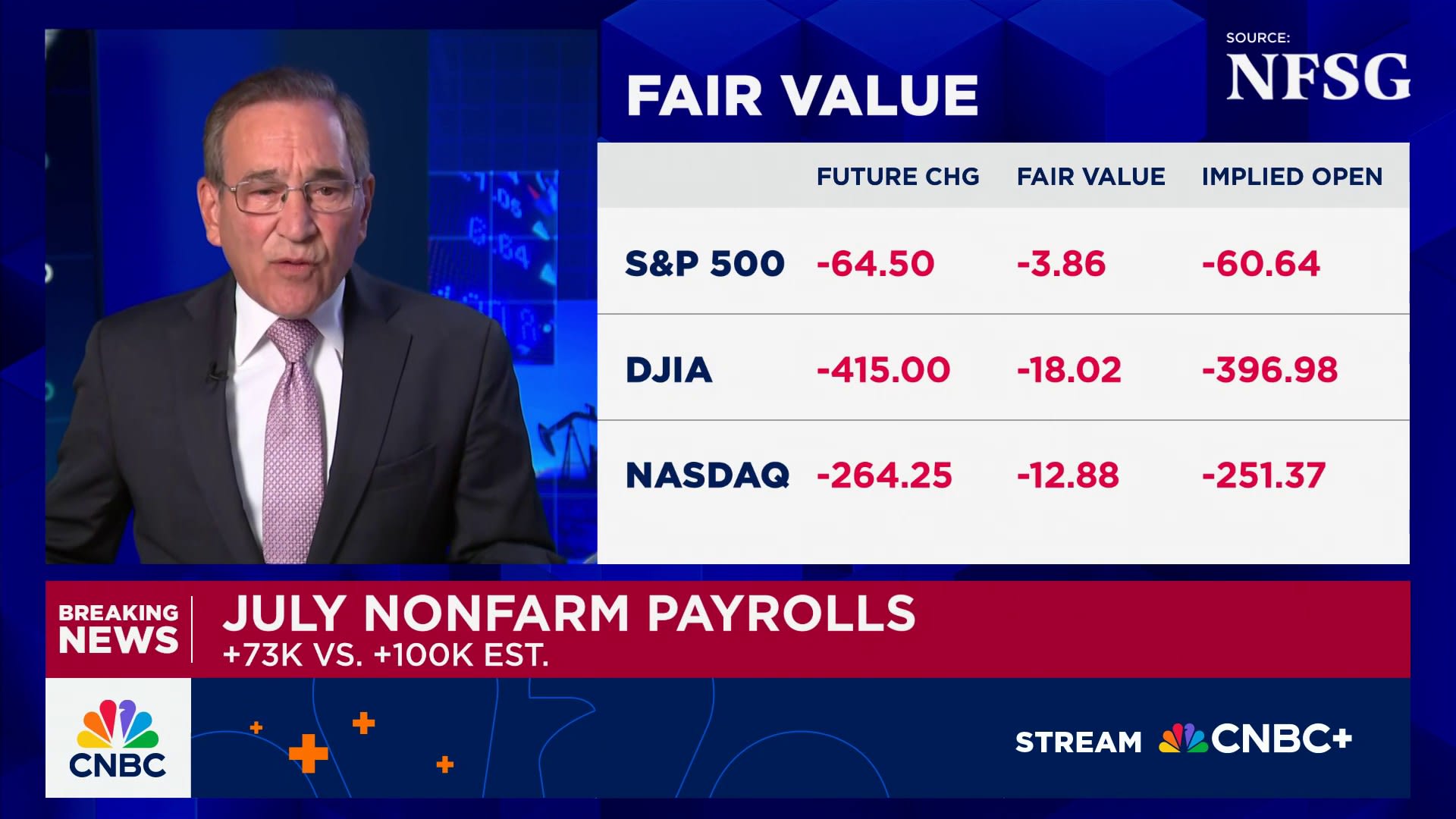The first domino has fallen in the Trump administration’s bid to loosen regulations on Wall Street’s biggest banks. The Federal Reserve proposed changes Wednesday that would lower capital requirements for large U.S banks that were implemented in the years following the 2008 financial crisis. Tweaks to these rules, known as the enhanced supplementary leverage ratio, would allow the nation’s most important banks — including Club names Goldman Sachs and Wells Fargo — to lend more freely and maker it easier for them to buy more U.S. government bonds. The Fed now wants the enhanced supplementary leverage ratio to be applied on a bank-by-bank basis, depending on each firm’s mix of assets. It is currently set at a blanket level across the cohort of firms called global systemically important banks. Before it goes into effect, the central bank made the proposal open for a 60-day public comment window. “The proposal will help to build resilience in U.S. Treasury markets, reducing the likelihood of market dysfunction and the need for the Federal Reserve to intervene in a future stress event,” Michelle Bowman, the Fed’s new vice chair for supervision, said in a statement Wednesday afternoon . “We should be proactive in addressing the unintended consequences of bank regulation.” While not a needle-mover for our three financial names yet, the Fed’s proposal signals a bigger shift of easing banking sector regulation under President Donald Trump — just as investors expected to see as they bid up bank stocks in the wake of the November election. The Invesco KBW Bank ETF rose more than 1.5% Thursday, building on a 0.8% advance Wednesday. The ETF is riding a six-day win streak, and so are Wells Fargo and Goldman Sachs. Bowman, appointed by Trump to serve as the Fed’s top banking regulator, made it clear that Wednesday’s proposal is just the start of broader rollbacks on capital rules. “This proposal takes a first step toward what I view as [a] long overdue follow-up to review and reform what have become distorted capital requirements,” Bowman said in a speech Monday . Other regulatory requirements under consideration is the surcharge imposed on global systemically important banks. The Fed subjects those banks to more stringent capital requirements in case of another financial crisis — somewhere between 1% to 4.5% on top of emergency fund requirements that all large banks must adhere to. The exact amount can change from year to year. Investors will get the latest look at how big it needs to be Friday evening, when the Fed releases the results of its annual stress tests . Bowman can also play a key role in the Fed’s re-proposal of the Basel III Endgame, a set of global bank capital requirements. The U.S. central bank put forth an initial proposal in 2023 before Trump’s second term in office. If banks like Wells Fargo and Goldman Sachs are allowed to operate with smaller capital cushions, they can free up resources for other uses such as boosting shareholder dividends or increasing lending, which could drive up interest-based revenues. With less capital tied up, Wells Fargo can also expand its budding businesses such as investment banking. The bank has more room on its balance sheet, for example, to offer bigger bridge loans for mergers and acquisitions. Fees from dealmaking further diversify Wells Fargo’s revenues streams, so it’s not as reliant on interest-based incomes that are at the mercy of the Federal Reserve’s next monetary policy decision. Meanwhile, Goldman Sachs can grow its wealth management division further with additional flexibility in its capital use. For years, Wall Street executives have complained that capital restrictions for big banks are too stringent. Not everyone agrees. Some worry that the Trump administration’s regulatory agenda could come at a cost to the sector’s stability. Fed Governor Adrian Kugler, who objected to Wednesday’s enhanced supplementary leverage ratio proposal, said in a statement that “this reduction in capital requirements at the bank subsidiaries of the nation’s largest and most complex banking organizations will increase systemic risk in a manner that is not justified.” Meanwhile, Fed Governor Michael Barr also dissented, arguing that the changes will not help Treasury market function as much as proponents believe. Instead, banks will “distribute capital to shareholders and engage in the highest return activities available to them, rather than to meaningfully increase [in] Treasury intermediation,” Barr said in a statement. Wednesday’s regulatory development follows a series of positive news for Goldman and Wells. Goldman’s investment banking business is looking brighter as more companies continue to go public. Goldman was tapped to help facilitate the public debuts of Chime and eToro over the past month. Many on Wall Street also expect mergers-and-acquisitions activity to heat up later this year. Meanwhile, the Fed in June lifted Wells Fargo’s $1.95 trillion asset cap after seven years. (Jim Cramer’s Charitable Trust is long GS, WFC. See here for a full list of the stocks.) As a subscriber to the CNBC Investing Club with Jim Cramer, you will receive a trade alert before Jim makes a trade. Jim waits 45 minutes after sending a trade alert before buying or selling a stock in his charitable trust’s portfolio. If Jim has talked about a stock on CNBC TV, he waits 72 hours after issuing the trade alert before executing the trade. THE ABOVE INVESTING CLUB INFORMATION IS SUBJECT TO OUR TERMS AND CONDITIONS AND PRIVACY POLICY , TOGETHER WITH OUR DISCLAIMER . NO FIDUCIARY OBLIGATION OR DUTY EXISTS, OR IS CREATED, BY VIRTUE OF YOUR RECEIPT OF ANY INFORMATION PROVIDED IN CONNECTION WITH THE INVESTING CLUB. NO SPECIFIC OUTCOME OR PROFIT IS GUARANTEED.








